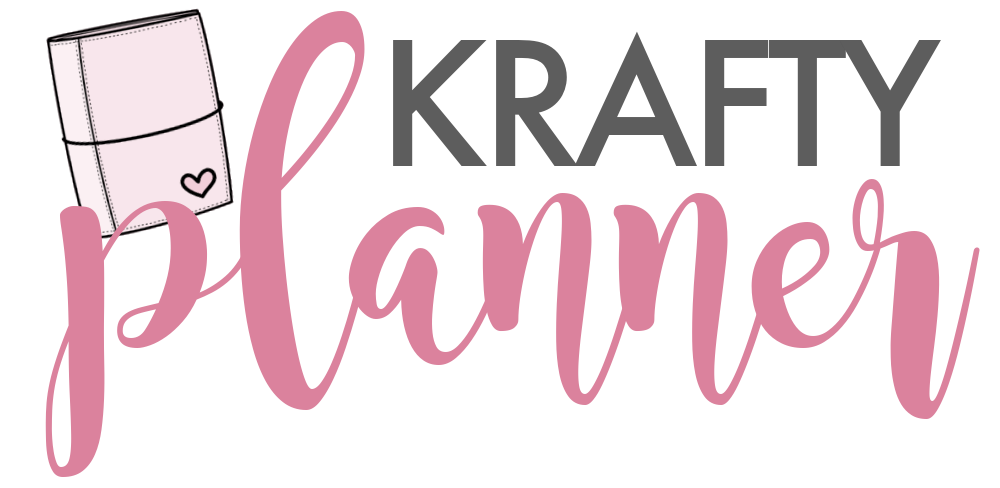5 Expert Strategies for Effective Language Mastery
Learning Haitian Creole can be easier when both passive and active learning tools are used together. People want to know how to combine these methods so they can make the most out of their study time and keep learning interesting.
The smartest approach is to blend both passive and active tools in a way that fits each learner’s style and goals. For example, those who want to study Haitian Creole online might try activities like listening and repeating, talking with native speakers, or using online tutors for personalized practice. Combining these resources can give learners a well-rounded way to build skills.
Use Creole video content with embedded quizzes to transform passive watching into active engagement
When learners watch Creole video lessons, they often just listen without interacting. Adding quizzes inside the videos makes them participate, not just watch. The questions can pop up during or after the video to check what they have learned.
This method helps learners pay attention because they know they will answer questions. Even simple quizzes or multiple-choice questions help keep people thinking about the topic.
Learners tend to remember more when they engage with content directly. Answering quiz questions in the middle of a video breaks up the viewing and gives quick chances to practice new ideas. This helps make learning more active and effective.
Using quizzes in Creole videos creates a balanced learning experience, mixing practice and information. It supports learners who need to test their skills and not just hear new words or phrases. This method is good for classrooms, online courses, or self-study.
Combine audio lessons with spoken practice sessions to reinforce Creole pronunciation and comprehension
Using audio lessons helps learners hear how native speakers pronounce words and phrases. Listening regularly can help develop an ear for natural rhythm and sound.
After listening, moving straight into speaking practice allows a person to use what they just heard. Repeating words and sentences out loud can help build confidence. Short spoken sessions a few times a week will help with memory and speaking skills.
Pairing these tools means learners get used to both listening and speaking. This mix can help them learn to recognize sounds and say them clearly themselves. Practicing both ways builds a stronger foundation for using Creole in real life.
If possible, learners should record themselves during spoken practice. Listening to these recordings can help them notice small mistakes and make improvements over time. This method supports a better understanding and clearer pronunciation.
Apply flipped classroom techniques by assigning Creole reading materials, followed by interactive group discussions
In the flipped classroom model, students read Creole texts before class. These readings help them get familiar with new vocabulary and language structures at their own pace.
When students come to class, they join small groups to talk about what they read. This gives everyone a chance to practice speaking, ask questions, and share their thoughts.
Teachers guide the discussions, help clear up tough parts, and encourage students to use new words and grammar. These group talks make it easier for students to remember and use Creole in real life.
By reading first and then discussing together, students move from just understanding words to using language in conversation. This mix helps build both reading and speaking skills for learning Creole.
Incorporate digital flashcards for vocabulary review, followed by real-time conversation practice
Digital flashcards give learners a simple way to practice new Creole words. These cards help learners see and remember words again and again in short sessions. They can use features such as spaced repetition to help words stay in their memory for longer periods.
Students can choose word lists or topics that match their own needs. Practicing with digital flashcards makes it easy to learn and review anytime, even outside of class.
After reviewing vocabulary, learners benefit from using the new terms in conversations. Talking in real time helps them turn passive word knowledge into active speaking skills. These conversations show which words they remember and which need more review.
By using digital flashcards for review first and then moving to real-time practice, learners can build a strong vocabulary while gaining confidence in speaking. This method offers a clear way to connect passive learning tools with active use.
Utilize game-based apps designed for Creole to boost retention through play and repetition
Game-based apps are helpful for people learning Creole because they turn practice into play. These apps often use short lessons, quizzes, and matching games. Learners get feedback right away, which helps them know what to work on next.
Students who use these apps interact with new words and phrases through different activities. Repeating words while playing games can help memories stick. Mixing in small challenges or rewards can keep learners interested and coming back.
Some apps focus on listening, while others improve speaking or writing. When students play often, they get more comfortable using new language skills. This way of learning is different than only reading or repeating words, because it is more active and hands-on.
Game-based learning gives students the choice to move at their own speed. Small steps and playful practice can break up longer study times and help reduce frustration. This approach makes learning Creole feel less like hard work and more like an enjoyable activity.
Conclusion
Blending passive and active learning tools helps students understand and use Creole more effectively. Using both methods gives a balanced way to learn grammar, vocabulary, and speaking skills.
Active learning, like group practice or problem-solving, creates more chances for practice and feedback. Passive learning, such as listening or reading, supports language input and builds a strong foundation.
Combining the two creates a practical and flexible approach that fits different learning styles. This mix supports both understanding and confidence when using Creole.
BEFORE YOU GO:
Here are a few more posts you might like:
See my Link Party Directory for a current list of blog parties I attend each week.
FOR PERSONAL USE ONLY – Please Read Freebies Terms of Use.
(This post may contain affiliate links. For more information, see my disclosures here.)
~ SHARE THIS POST ~
Did you like this post? Do you know someone else who might enjoy it? Please take a minute to share it on Pinterest, Facebook, or your favorite social media… Thank you!






















